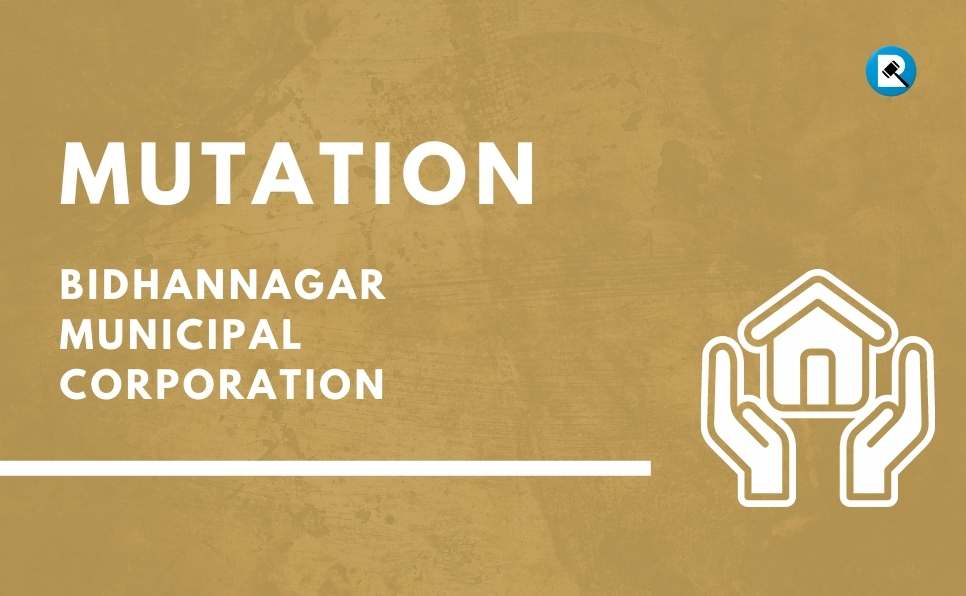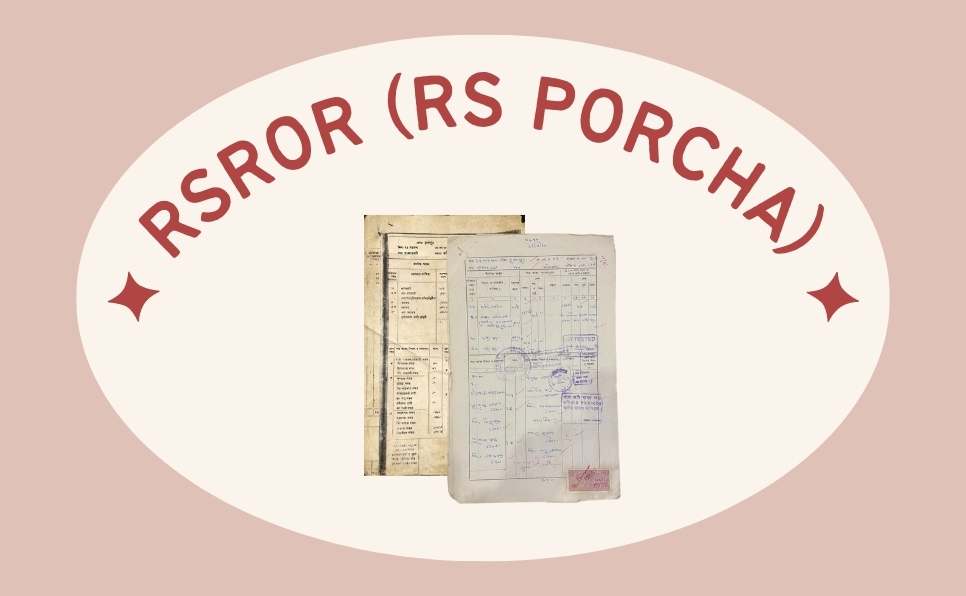Table of Contents
I. Introduction:
In India, land is an essential resource that plays a crucial role in economic and social development. The ownership of land and the rights of the landowners and tenants have been a topic of debate and discussion for many years. In West Bengal, the process of mutation is an important aspect of land ownership, and it involves the transfer of ownership from one person to another. In this article, we will take a closer look at the process of filing a mutation application under Section 50 of the West Bengal Land Reforms Act, 1955.
II. What is a Mutation Application?
Mutation is the process of updating the land records to reflect the current ownership status. When a property changes hands, the mutation process needs to be initiated to update the land records. A mutation application is a request made by the landowner to update the land records to reflect the change in ownership.
The mutation process is governed by the West Bengal Land Reforms Act, 1955, and the rules and regulations issued by the Revenue Department of the West Bengal government. The mutation process is an essential aspect of land ownership and is necessary to establish legal ownership and prevent any disputes.
III. Eligibility Criteria for Filing a Mutation Application:
To file a mutation application under Section 50 of the West Bengal Land Reforms Act, 1955, the following eligibility criteria need to be met:
1. The applicant should be the legal owner of the property.
2. The applicant should have proof of ownership, such as a sale deed or a gift deed.
3. The applicant should have paid all the taxes and dues associated with the property.
IV. Documents Required for Filing a Mutation Application:
To file a mutation application under Section 50 of the West Bengal Land Reforms Act, 1955, the following documents need to be submitted:
1. Application form for mutation
2. Proof of ownership, such as sale deed or gift deed
3. Latest property tax receipt
4. NOC from the local municipality
5. Affidavit stating the relationship between the applicant and the previous owner
6. Mutation fees
V. Steps Involved in Filing a Mutation Application:
The following are the steps involved in filing a mutation application under Section 50 of the West Bengal Land Reforms Act, 1955:
Step 1: Obtain the mutation application form
The first step is to obtain the mutation application form from the local revenue office or download it from the official website of the Revenue Department of the West Bengal government.
Step 2: Fill in the application form
The next step is to fill in the application form with all the necessary details, such as the name of the applicant, the previous owner, the nature of the transfer, and the reason for the mutation.
Step 3: Attach the required documents
Attach all the required documents, such as proof of ownership, property tax receipt, NOC from the local municipality, affidavit stating the relationship between the applicant and the previous owner, and the mutation fees.
Step 4: Submit the application
Submit the application form along with the required documents to the local revenue office. The revenue office will provide an acknowledgement receipt for the application.
Step 5: Verification and inspection
The revenue office will verify the application and conduct an inspection of the property. The purpose of the inspection is to verify the ownership of the property and to ensure that the property description matches the land records.
Step 6: Issuance of mutation certificate
After the verification and inspection, the revenue office will issue a mutation certificate to the applicant. The mutation certificate is a legal document that certifies the change in ownership of the property.
VI. Conclusion
In conclusion, the process of filing a mutation application under Section 50 of the West Bengal Land Reforms Act, 1955, is a crucial aspect of land ownership in West Bengal. The mutation process involves updating the land records to reflect the current ownership status and is necessary to establish legal ownership and prevent any disputes. The eligibility criteria for filing a mutation application include proof of ownership, payment of all taxes and dues associated with the property, and legal ownership of the property.
The documents required for filing a mutation application include the application form, proof of ownership, property tax receipt, NOC from the local municipality, affidavit stating the relationship between the applicant and the previous owner, and the mutation fees. The process of filing a mutation application involves filling in the application form, attaching the required documents, submitting the application, verification and inspection, and issuance of the mutation certificate.
The mutation process is governed by the West Bengal Land Reforms Act, 1955, and the rules and regulations issued by the Revenue Department of the West Bengal government. With the proper documentation and adherence to the rules and regulations, the mutation process can be completed smoothly and efficiently, ensuring the legal ownership of the property.
Sample Formats
Sample Check List
Sample Mutation Application
Sample Declaration



